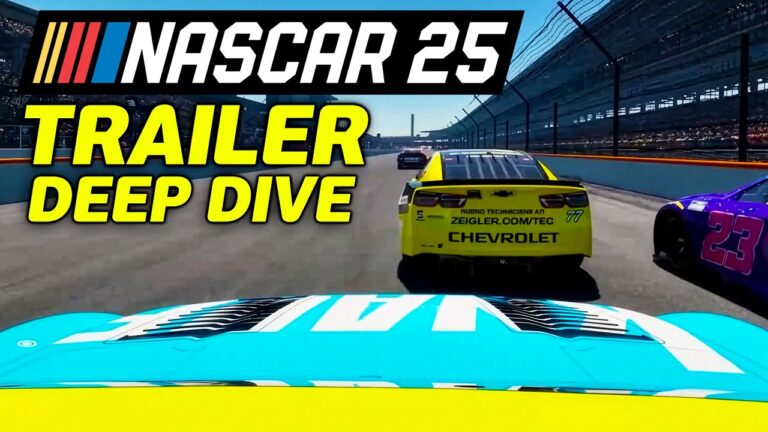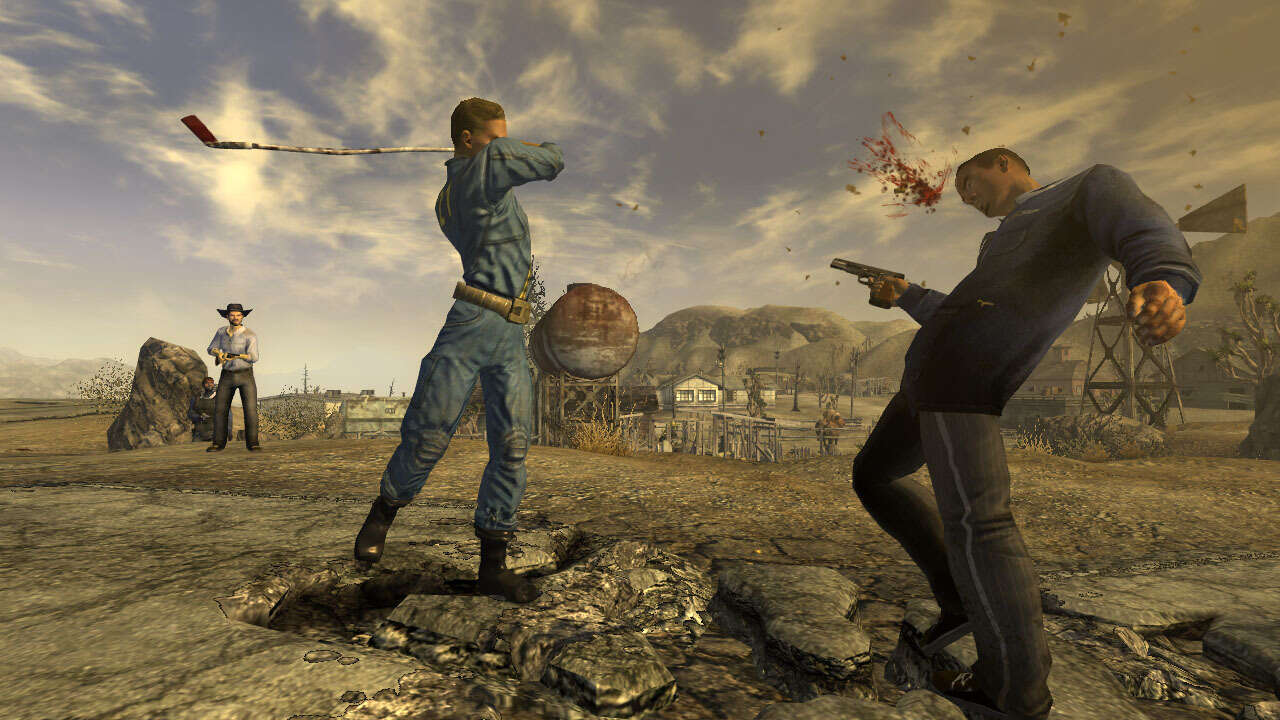
Fallout: New Vegas celebrated its 15-year anniversary on October 19, 2025. Below, we take a fond look back at the flexibility and humor that helped define it as one of the best Fallout games, and an enduring classic RPG.
When Fallout: New Vegas released back in 2010, there was an air of confusion. Fallout 3 had released in 2008 and Bethesda had successfully resurrected the somewhat-dormant series from a quirky isometric role-playing game to a first-person exploration game akin to its success with The Elder Scrolls IV: Oblivion. After a successful run of downloadable content, Bethesda Game Studios moved on to work on its next Elder Scrolls project. But like a deathclaw to radiation, the wasteland started calling players once again.
Enter Obsidian Entertainment, a studio formed from the ashes of Black Isle Entertainment. Filled with industry veterans who had a hand in creating acclaimed role-playing titles such as Star Wars: Knights of the Old Republic II and Baldur’s Gate, the prestigious studio was recruited by Bethesda parent company ZeniMax to craft a new experience in the post-nuclear wasteland separate from what Bethesda Game Studios had done with Fallout 3.
The result was Fallout: New Vegas, a wholly original experience that used Bethesda’s engine and framework from Fallout 3 but tapped into the quirkiness and deep role-playing elements that were found in the original two games. So while on the surface, many could mistake New Vegas for a glorified expansion of 3, under the hood was an RPG experience that was far deeper and more complex than anything presented in its predecessor.
Fallout: New Vegas follows The Courier, a delivery person trudging through the Mojave wasteland of Eastern California, Northern Arizona, and Southern Nevada. When they get an order to deliver the mysterious Platinum Chip, they’re ambushed by Benny (played by the late Matthew Perry) and left for dead in a shallow grave. When they’re rescued and resuscitated by local townsfolk, they set out through the wasteland to figure out what happened to them.
While Bethesda’s take on open-world RPGs encourages exploration in any direction, Obsidian decided to curate the player’s experience. Unlike in Fallout 3 where the player’s story and memories were made out in a virtual field, New Vegas guides players along a set story path, peppering in vignettes where their actions and decisions will affect more than their personal outcomes. Sure, one could make a beeline straight for the bright lights of New Vegas, but they would miss the stories in the surrounding Mojave and be forced to face over-leveled enemies. Unlike Fallout 3, New Vegas isn’t afraid to get brutal and unforgiving with its RNG-based combat system, where every pull of the trigger is a roll of the dice. Every combat encounter was a fight for survival, though silver-tongued players could use the dialogue system to get out of sticky situations too.
This helps hammer home perhaps Fallout New Vegas’ most interesting quality: The Courier is not the main character. While The Lone Wanderer and their story to find their father was the main focus in Fallout 3, The Courier is but a small piece of the Mojave pie. The Mojave Wasteland is under siege from numerous factions such as the New California Republic, Caesar’s Legion, and Mr House: the leader of New Vegas himself. There are also numerous smaller factions such as the Enclave and the Brotherhood of Steel that have stories in the Mojave that the player can influence.
These major factions also were unique in their aesthetics and beliefs. The NCR believed in a governing system much like our modern “democratic” system featuring soldiers decked out in military fatigues and with a standard arsenal to match. The Legion dressed as ancient Romans and believed in the supremacy of their monarch Caesar, no matter how flawed he was. Mr. House well … Mr. House wanted full control of everyone, resulting in ultimate power. Players could choose which of these factions to help out or pit against each other, and there was never a right or wrong answer. Always murky shades of gray (or in New Vegas’ case, murky shades of brown). The faction system made players have a small but influential role in a larger world and governing system that helped decide the fate of the Mojave. Helping one faction would lower your standing with another and sometimes players would even need to wear disguises through certain territories if their standing was too low. The faction system has never quite returned in the series though Fallout 4 attempted to recreate the system to little success that was riddled with less complex choices and consequences.
That’s not to say New Vegas was all serious business as the game reintroduced a healthy amount of quirky humor evocative of early entries in the series, even dedicating a perk called “Wild Wasteland” that when chosen would introduce more humor events into its world. Whether it be an Indiana Jones reference with a fedora stored in a derelict refrigerator or the presence of a UFO, or a gang of grannies that rob you the moment you hit the strip, there was no shortage of humor in New Vegas’ world.
There has never been quite an entry in the Fallout series such as New Vegas. It was a melding of new ideas from Bethesda with the old philosophy of role-playing from the classic early entries. It wasn’t a game where the player was the hero but one where the player was an active participant, helping shape it with very small decisions made. New Vegas, even 15 years later remains influential today, inspiring countless RPGs from Bethesda’s own Fallout 4, to Obsidian’s The Outer Worlds, and you can even see influence from the faction system in games such as Star Wars: Outlaws. New Vegas is even inspiring television, as Amazon Prime’s Fallout series is set to have New Vegas as its central setting and even feature Mr. House as a major character. Fifteen years later, Fallout: New Vegas remains one of the most captivating role-playing experiences in gaming.
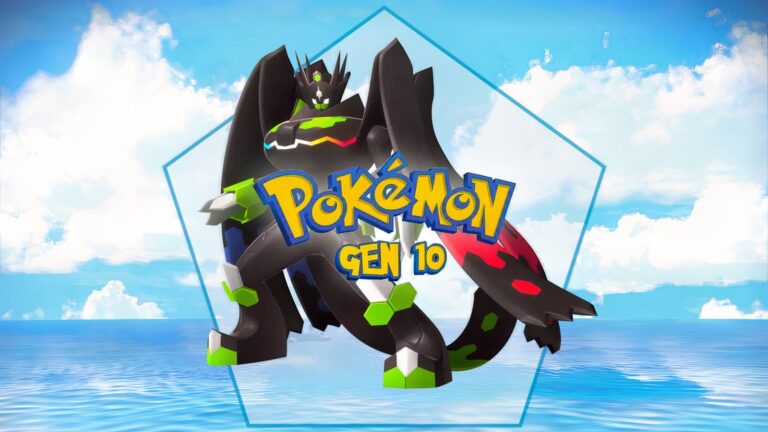
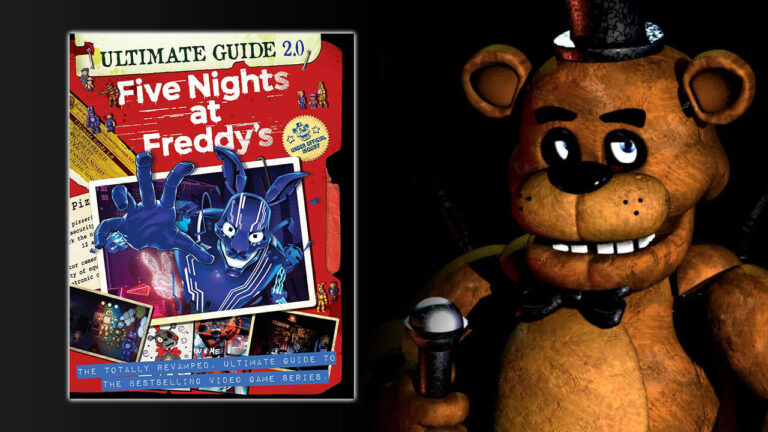
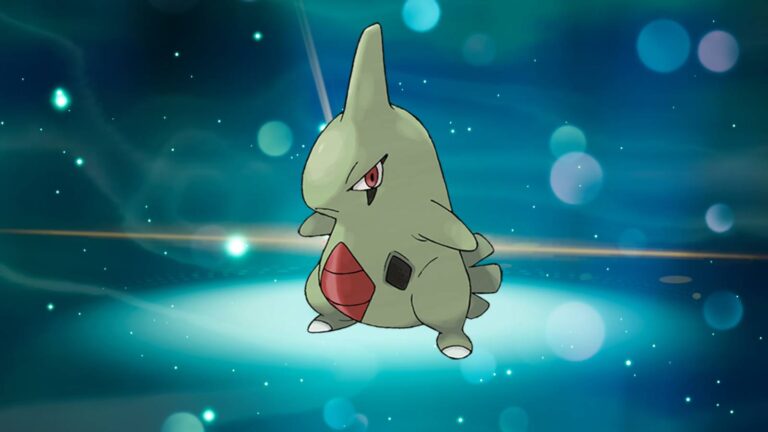

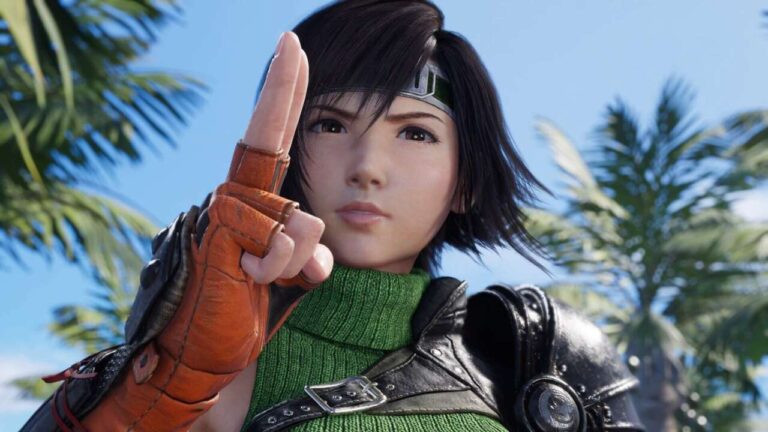
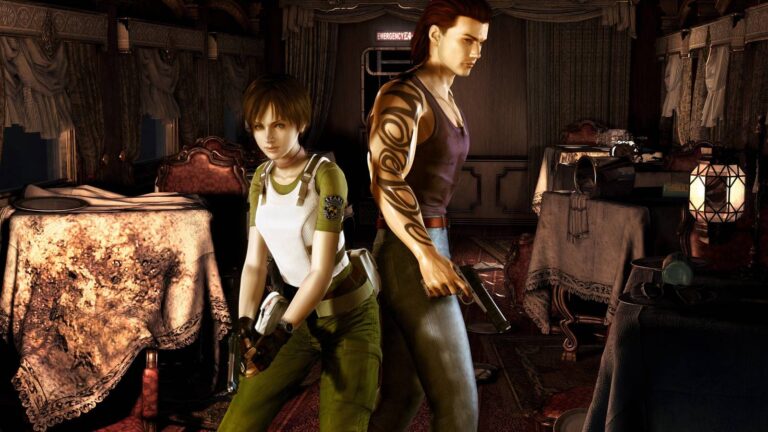
![[Telugu] Upcoming Video games in Telugu Part 2 | 2024](https://gaminginflux.com/wp-content/uploads/2025/10/Telugu-Upcoming-Video-games-in-Telugu-Part-2-2024-768x432.jpg)
